The Capital Stack
We are excited to share that we completed the investment cycle with our 8-unit property, Harvard Lofts. We purchased this property in January of 2022 for $825,000. We spent ~$425,000 on renovations and sold the property in November of 2023 for $1.725m. The whole process took 22 months.
Within 30 days of closing, we successfully vacated all the units which were previously rented for $650. Once renovations were completed, we achieved $2,000 per unit and had one unit on Airbnb that achieved a gross income of $2,200 and $2,600 during its 2 months of activity. When we went under contract to buy this property, it was fully occupied with a monthly rent roll of $5,200. When we sold last week, the property had a rent roll of $15,600.
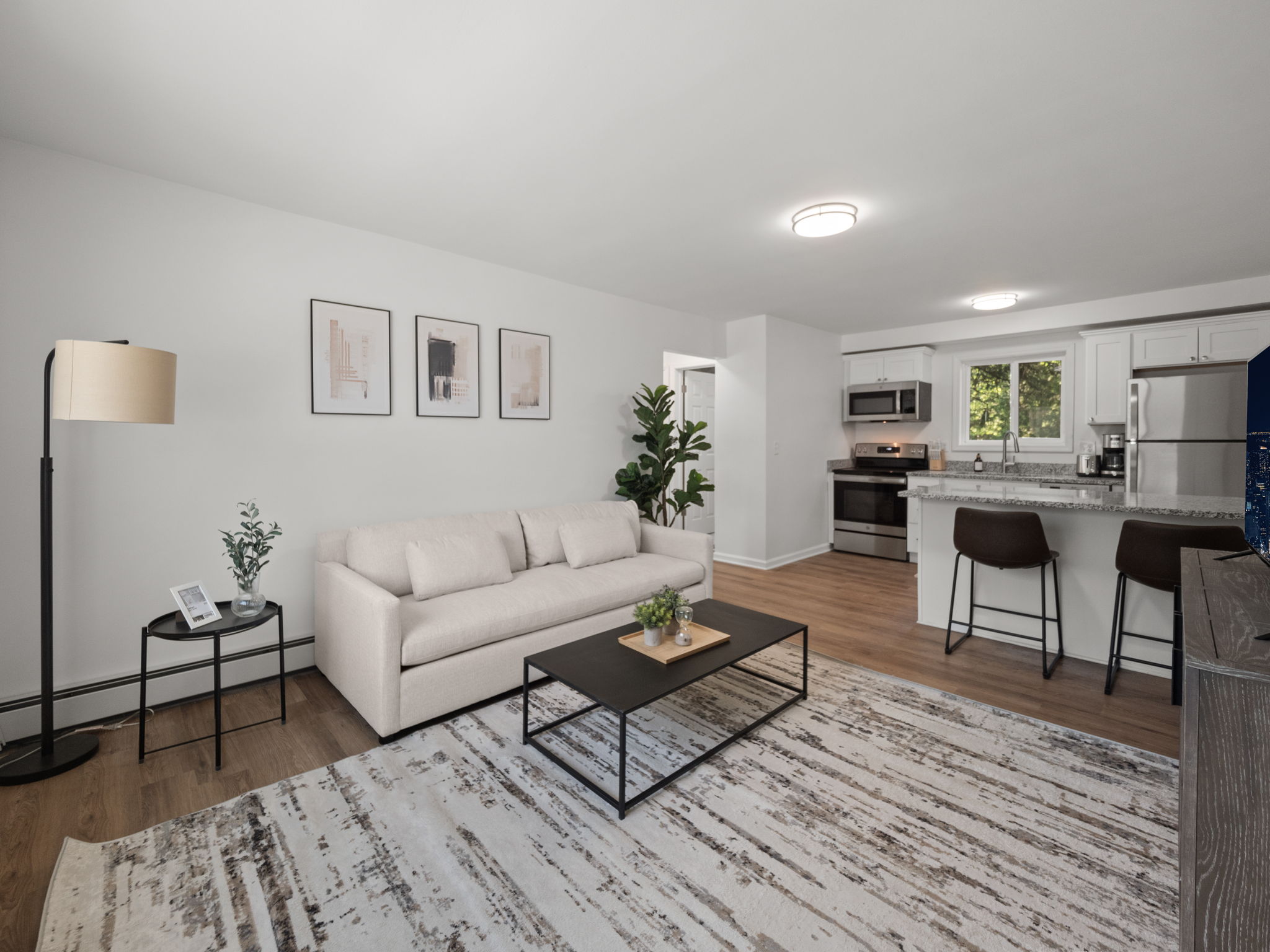
Acquisitions
How We Found It
A colleague that we met through a mastermind group, REL, got the lead on a cold call and introduced the deal to us. We came to a quick agreement with the seller and closed a few months later. You can read the full acquisition story here.
Why We Liked It
Location, location, location. This property is just a few hundred yards from Beaumont Hospital which is one of Metro Detroit’s largest employers. Royal Oak is also home to a large population of white-collar employees who prefer and can afford quality living spaces.
How We Financed It
When we purchased this property, we got a loan from a regional bank for $872,060. This loan covered the purchase of the property as well as our renovation costs. We had a second loan from the same bank for $30,800 and used this towards appliances and furnishings. The total loan amount was $902,860 at 3.99% with a 5-year term and a 20-year amortization period. The first 18 months were interest-only payments. We were able to get a lower origination fee of .66% instead of the typical 1% charged on a commercial loan. The bank provided this incentive based on our past relationship on commercial loans with them. For the cash equity portion, we raised $450,000 from Investors.
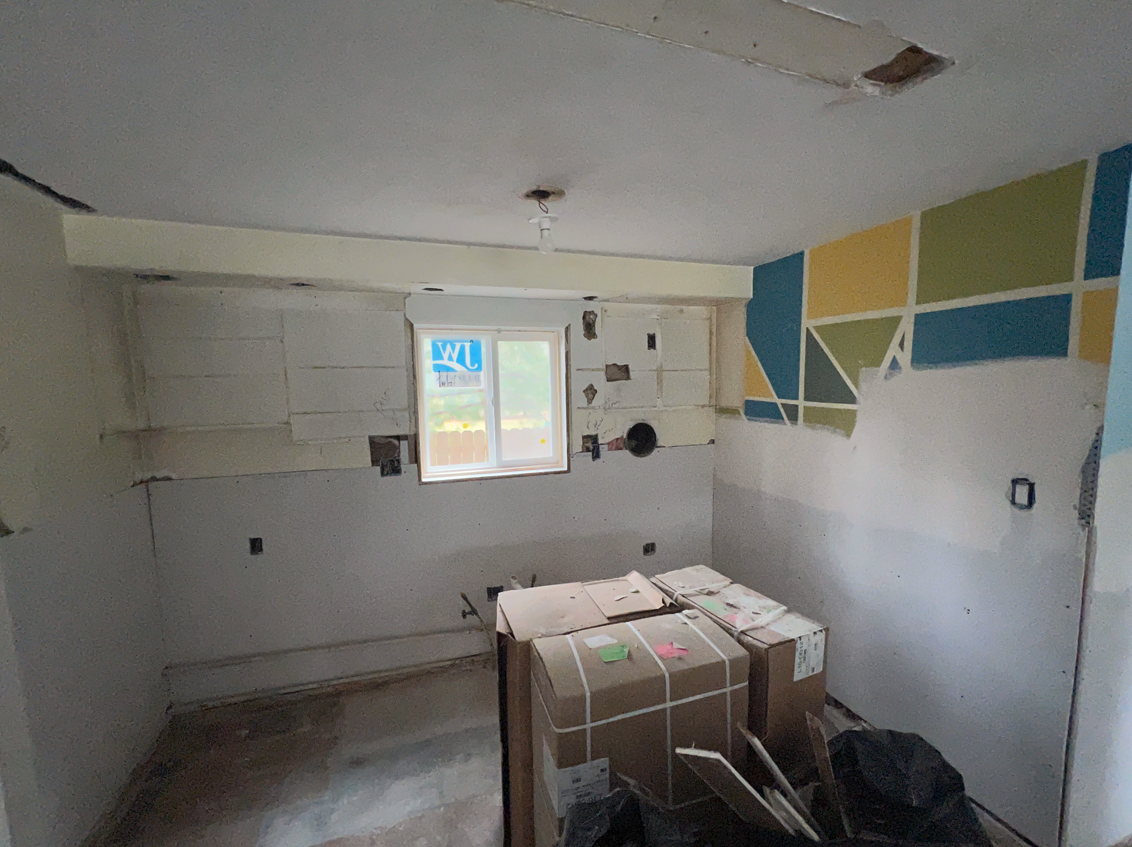
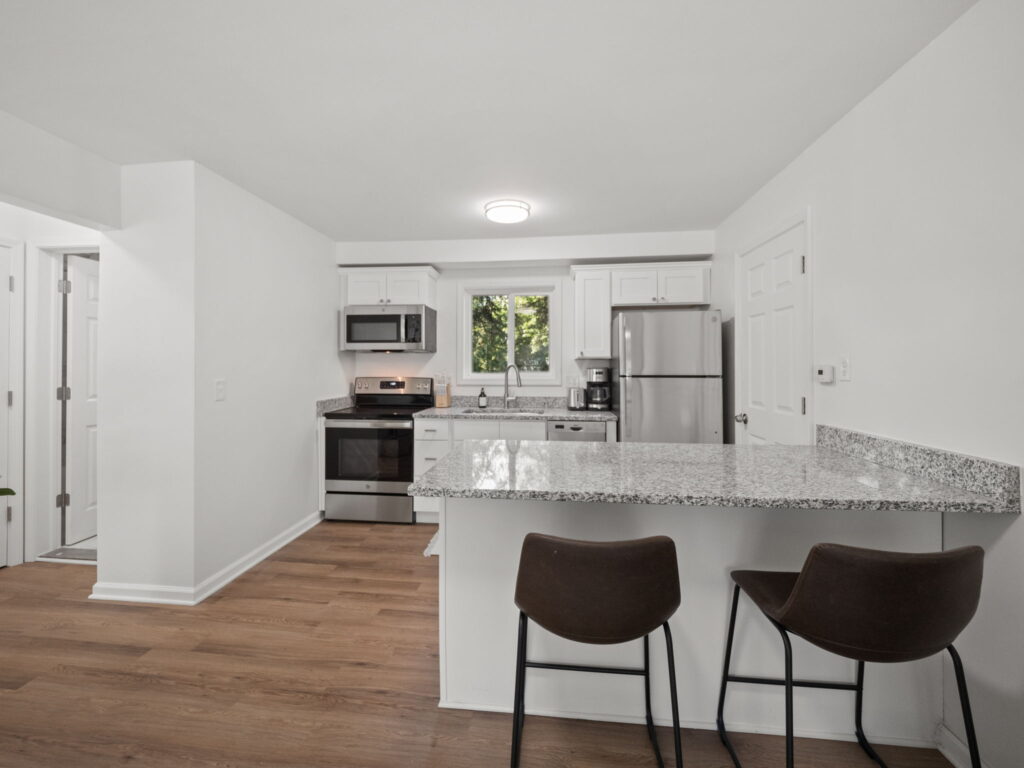
Operations
Our Completed Business Plan
Given the property’s proximity to the hospital, our strategy was tailored towards catering to transient hospital employees and visitors. To meet this anticipated demand, we took the extra step of furnishing the units and elevating the renovations to a level significantly higher than neighboring properties. This not only distinguished us in terms of finishes but also set our product offering apart, especially since there were only a couple of furnished units available for lease in the vicinity. Recognizing the transient nature of our potential tenants, we opted for shorter lease terms ranging from 3 to 12 months, instead of the typical 12-month minimum.
Challenges Faced:
We initially planned to replace the boiler baseboard heating with electric baseboards, expecting it to be more cost-effective than upgrading the boilers. To prepare, we removed 4 feet of drywall. However, after obtaining quotes for the electric baseboards, we discovered that upgrading the electrical system would be necessary, incurring higher costs than boiler upgrades. Consequently, we stuck to the original plan.
During this time, the city noticed the dumpster with the removed drywall and mandated full MEP drawings to confirm that no plumbing changes had occurred, even though we hadn’t touched the plumbing, we had to comply. Following that, we started on the electrical upgrade, rewiring the entire building. When inspections rolled around, the city changed its stance, demanding a $30k upgrade to the main utility, contrary to their previous statements that exterior electrical wouldn’t be affected. To add to this, our first electrician installed the wrong breaker switches, leading to the second electrician having to replace all of them.
Our next challenge came with the windows. Despite hiring a contractor with many good reviews, they dispatched a subpar crew that installed the wrong windows. Correcting this mistake was a battle in itself. Unfortunately, the saga continued as the contractor installed incorrect windows for a second time, this time with non-tempered glass panes. When inspections came around, we had to replace the windows once again. The contractor refused to respond or fix this error, so we had to eat the cost. Pursuing a lawsuit against them wouldn’t have done much for us financially, so we had to deal with the additional cost of having the windows properly completed.
After 16 months we successfully finished the renovations and received certification of occupancy for the west building. The certificate of occupancy for the east building would follow just a few weeks later. We immediately installed the furnishings, took professional photos, and began the leasing process. In just a few months all 8 units were completely leased at $3.33 per sf which is in line with pricing seen in full amenity, Class A apartments, in the Royal Oak market.
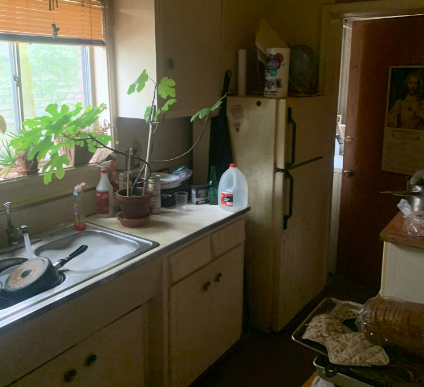
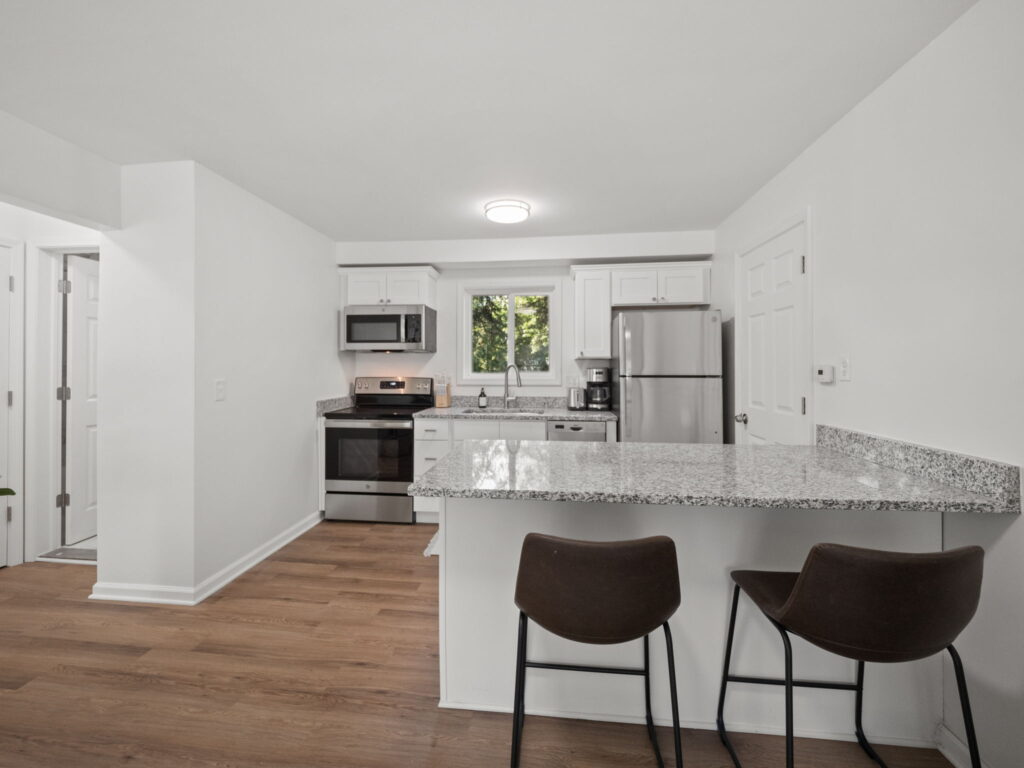
Sale
Harvard Lofts was under contract twice before officially closing. The initial buyer approached us early before the property was even on the market. They submitted their offer around the same time we obtained the Certificate of Occupancy for the first building. Unfortunately, the second building was still undergoing construction. The pace of progress on the second building did not align with the buyer’s timeline, and they withdrew the offer.
Following the receipt of the certificate of occupancy for both buildings and the execution of several leases, we enlisted the services of a broker with whom we successfully sold both Pinehurst and Hollyvillage earlier this year. Within a few weeks of listing, three offers came in. Two of them had financing contingencies with a 60-90-day closing period, while the third was an all-cash offer with a 30-day closing timeframe. Given recent challenges in the debt market impacting various deals, we opted for the cash offer, ensuring that Harvard wouldn’t become another casualty of the debt market fluctuations.
The buyer successfully closed on November 8th. We’re thrilled that the process went relatively smoothly, considering the significant challenges this small property presented. Reflecting on the experience, while the business plan was solid, the execution left room for improvement. The timeline stretched to double our initial expectations, and construction costs exceeded our original budget by $40,000 (approximately 10%). We also ate a lot of additional costs in debt service, insurance, and other holding costs as the construction took significantly longer than originally planned.
In the end, we hit the large-scale targets we had set. Reviewing an email, we had sent to an LP we told them we anticipate a $1.7m value at stabilization. We beat that slightly which we are happy with. We achieved a sales price of $215,625 per unit and $359.38 per sf. Both are records by a significant margin for the property vintage, which I am very proud of. Despite suboptimal execution and a challenging market from January 2022 until today, we delivered strong results for our investors.
Major Market News
Small Multifamily Report Q4 2023
The Q4 2023 Small Multifamily Investment Trends Report gives a detailed overview of the current state of the small multifamily sector in the real estate market. As we near the end of 2023, the small multifamily sector is adjusting to new capital market conditions with tightening finances and rising long-term interest rates. Despite challenges, the sector is stabilizing, showing limited distress and positive delinquency rates. Property values have slightly decreased, and cap rates are up, hitting a four-year peak. Operations remain strong, with good rent collections and improving expense ratios. The report emphasizes the sector’s resilience in facing economic challenges, and though difficulties persist, there’s momentum toward stabilizing prices in the small multifamily market.
Source: Arbor. (2023, Nov 10th) Small Multifamily Investment Trends Report Q4 2023.
Tips and Tricks
Terms-
MEP: MEP stands for Mechanical, Electrical, and Plumbing. MEP drawings are detailed plans that illustrate the specific layouts and specifications for the mechanical, electrical, and plumbing systems within a building.
CO: A Certificate of Occupancy (CO) is an official document issued by a local government or building department, indicating that a building or structure complies with the applicable building codes and regulations and is deemed safe for occupancy.
The Certificate of Occupancy is granted after a thorough inspection of the building’s construction, safety features, and adherence to local zoning and building codes. It verifies that the structure meets the necessary standards for occupancy, taking into account factors such as fire safety, structural integrity, and compliance with zoning regulations.
